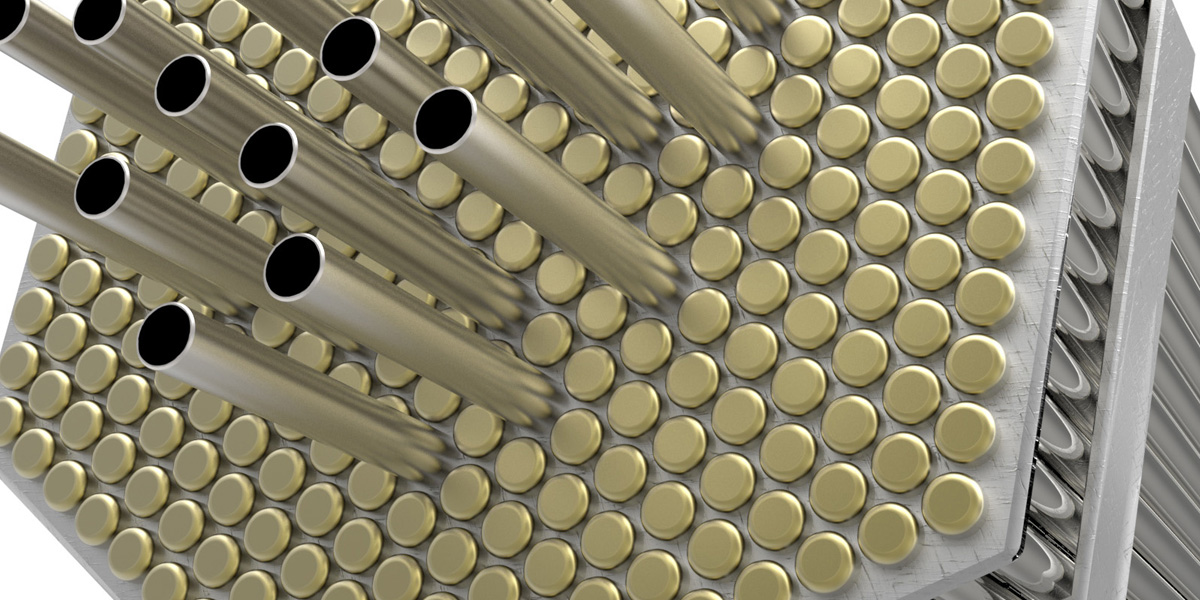Our solar system is so large that chemical rockets are not going to provide a very efficient interplanetary transportation system. Nuclear propulsion has been proposed since the invention of the atom, but safety, as well as cost, has made it a non-starter (for example: see Project Nerva).
Now, it seems, that nuclear propulsion is being seriously contemplated. Part of the drive is due to the fact that both NASA is planning to make the trip to Mars. Space-X has an even bolder plan: Colonize Mars. Blue Origin has a long-term goal to build a permanent base on the Moon.
A Seattle based company called USNC-Tech has developed a concept engine (New nuclear engine concept could help realize 3-month trips to Mars). The concept engine is twice as efficient as chemical rockets and USNC-Tech is boasting that it can reduce the Earth to Mars travel time to three months.
One of the technological advances that make this reactor safer is the invention of the Fully Ceramic Microencapsulated fuel (FCM fuel). Basically, it’s a uranium ball inside layers of ceramic ant prevent the uranium from becoming critical. A reactor using this type of fuel can run dry and not meltdown because the ceramic keeps a minimum distance between the uranium pellets. Pebble-bed reactor designs were the first to use this idea.
In SciFi, “The Expanse” made use of nuclear reactor propulsion on their ships. In “2001 a Space Odyssey“, the Discovery used nuclear propulsion, though it used the pulsed nuclear propulsion with pusher plates.
What will come after nuclear propulsion? I’m predicting that fusion will be the next major technological leap. After that, faster than light drives will need to be the goal. These technologies are still only in science fiction. Fusion research has yet to build a device that can produce more energy than it takes to make atoms fuse. Faster than light is only a set of abstract formulas on paper. Who knows if anything can travel faster than light?
